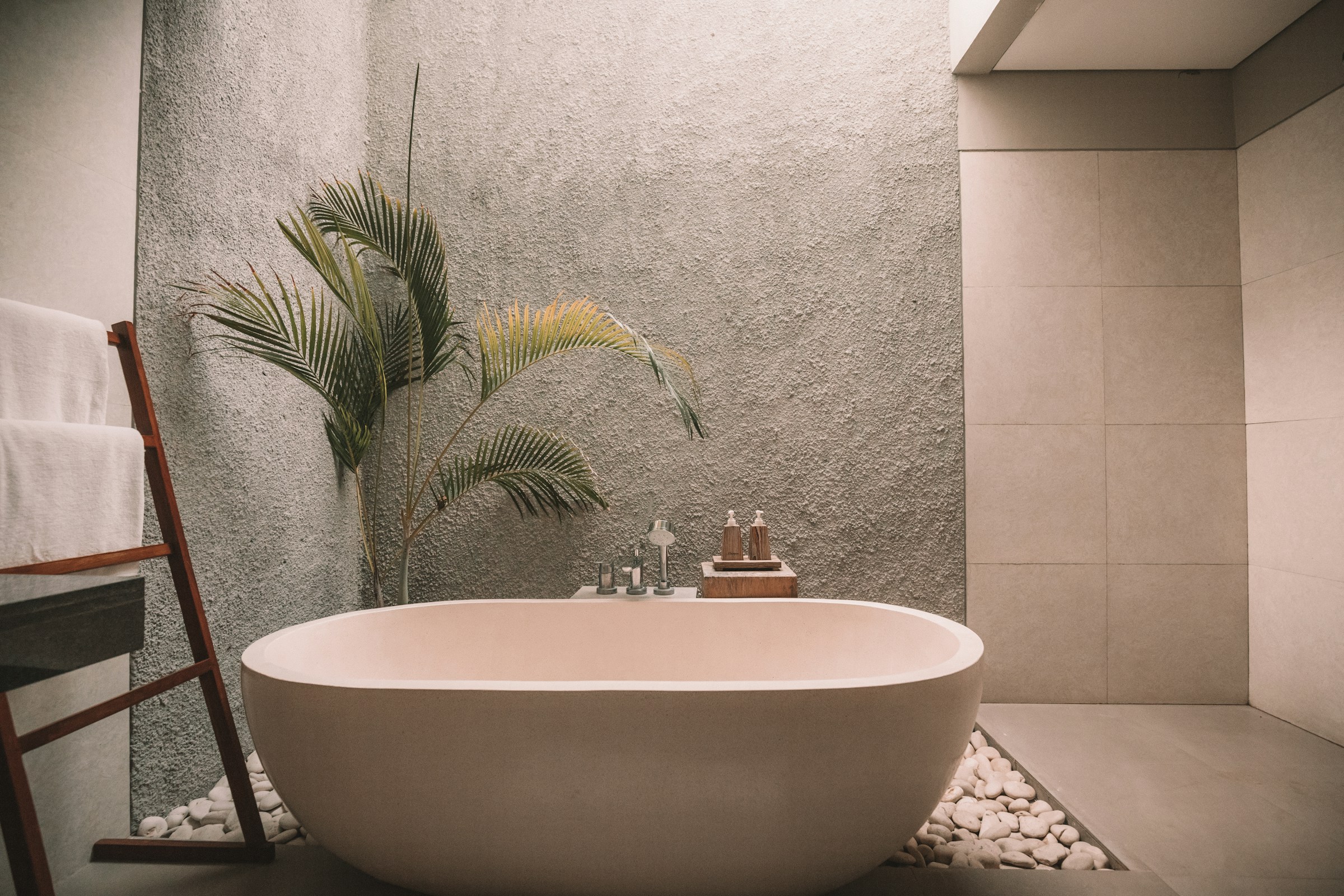

Let’s be real for a moment. We’ve all scrolled through social media and seen those glossy posts about making thousands in real estate overnight. But is it truly that simple? Spoiler alert: It’s not – but it’s not impossible either. Real estate can be an incredible way to build wealth, but it’s not a get-rich-quick scheme. It’s more like a strategic game of chess, where careful moves and smart thinking can lead to serious financial gains.
1. What’s Happening in Real Estate Right Now?

The real estate world in 2024 isn’t your parents’ property market. Everything has changed – and I mean everything. Remote work has completely reshuffled where people want to live, creating investment opportunities in places you might never have considered before. Tech-savvy investors are using platforms that let you invest with way less money than traditional methods.
Think about it: Just a few years ago, you needed a small fortune to invest in property. Now? You can start with a few hundred dollars through crowdfunding platforms and REITs. Young investors are finding creative ways to enter the market, turning what used to be an exclusive club into an accessible opportunity for many.
2. How Much Money Do You Need to Start?

Here’s the good news: You don’t need to be a millionaire to get started. Forget those intimidating stories about massive down payments and crazy startup costs. There are multiple entry points for different budget levels. Ever heard of house hacking? It’s where you rent out part of your own living space to offset your mortgage. Pretty clever, right?
Some people start with as little as $100 in real estate investment trusts (REITs). Others begin by wholesaling properties, which means finding great property deals and connecting buyers with sellers—without actually owning the property yourself. The key is finding a strategy that matches your current financial situation, liquid cash flow, and comfort level.
3. Potential Income Streams

Real estate isn’t just about collecting rent checks anymore. Today’s savvy investors are getting creative. Imagine earning income through vacation rentals, flipping properties, or even investing in digital real estate. Each method has its own risk and reward profile, kind of like picking different flavors of ice cream.
Short-term rental platforms like Airbnb have opened up entirely new income possibilities. Some investors are buying properties in affordable markets and targeting specific rental demographics. Others are making money by strategically improving properties and increasing their value. It’s like being a financial artist, creating value where others might not see it.
4. Let’s Talk About Real Risks

I’m not going to sugarcoat it, real estate investing comes with risks. Market values fluctuate, unexpected maintenance can pop up, and sometimes properties sit empty. But here’s the thing: Every investment has risks. The smart move is preparing for them.
Successful investors don’t just jump in blindly. They build emergency funds, research markets thoroughly, and create backup plans. They understand local laws, tax implications, and insurance requirements. It’s like preparing for a marathon – you don’t just show up on race day without training.
5. Technology: Your Secret Weapon in Real Estate

Technology has completely transformed how we approach real estate investing. Artificial intelligence and data analytics can now predict market trends with mind-blowing accuracy. Mobile apps give you real-time insights, letting you make smart decisions from anywhere in the world.
Imagine having a personal investment assistant in your pocket, helping you analyze potential properties, predict market movements, and identify opportunities. That’s basically what modern tech offers investors today. Machine learning algorithms can now do the number-crunching that used to take weeks in just minutes.
Is This Your Path?

Real estate isn’t a magical money printer, but it’s not an impossible dream either. It’s a legitimate side hustle for those willing to learn, adapt, and put in the work. Success comes to those who approach it as a serious endeavor, not a lottery ticket.



































